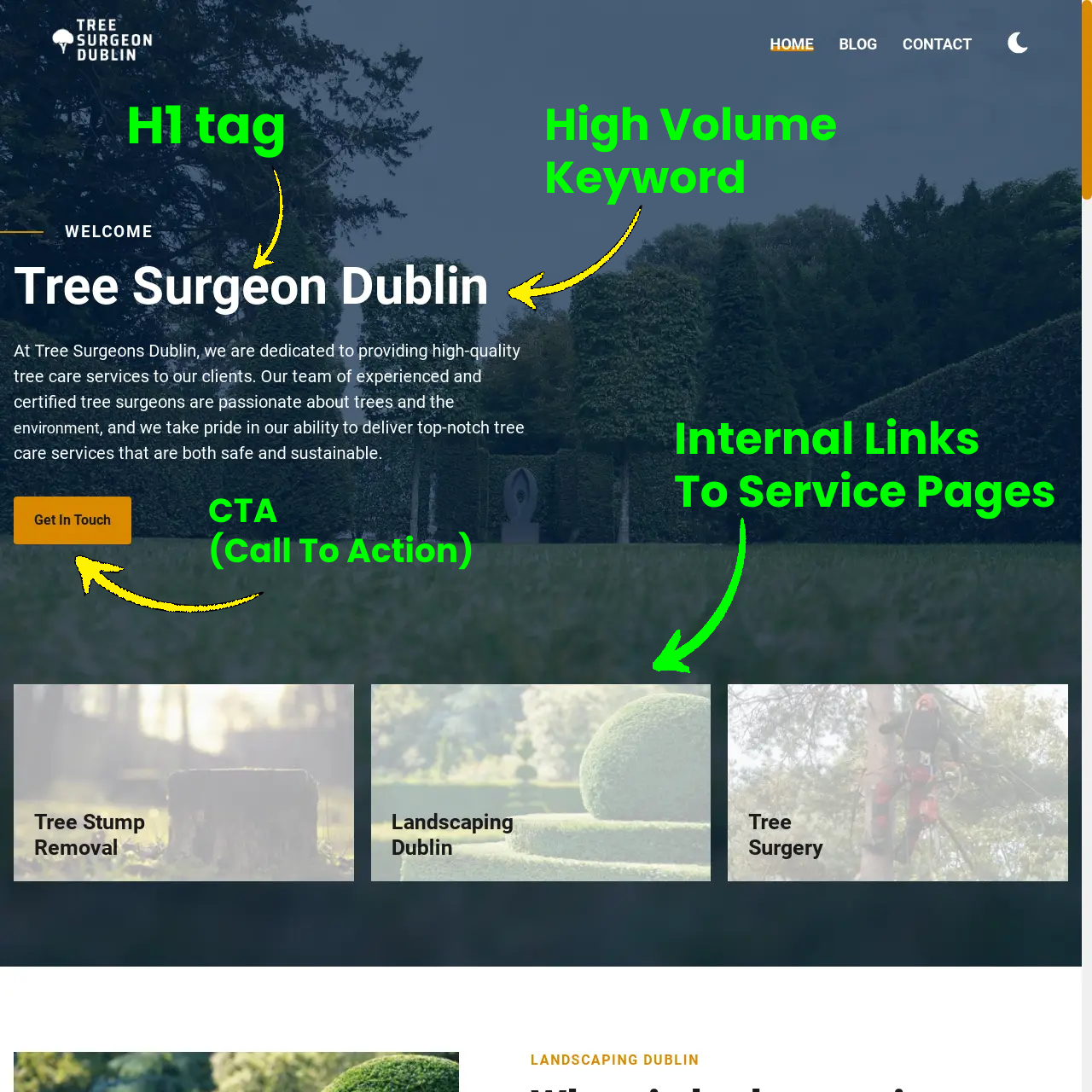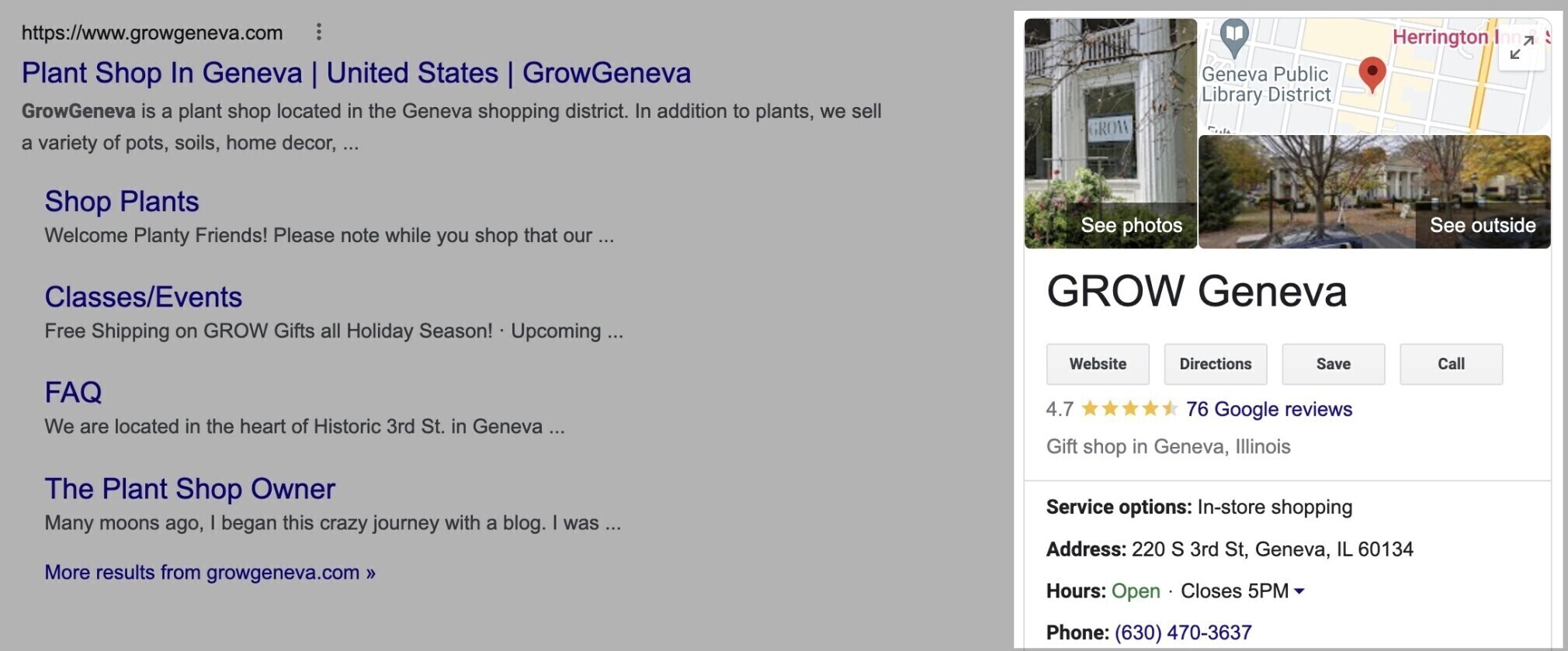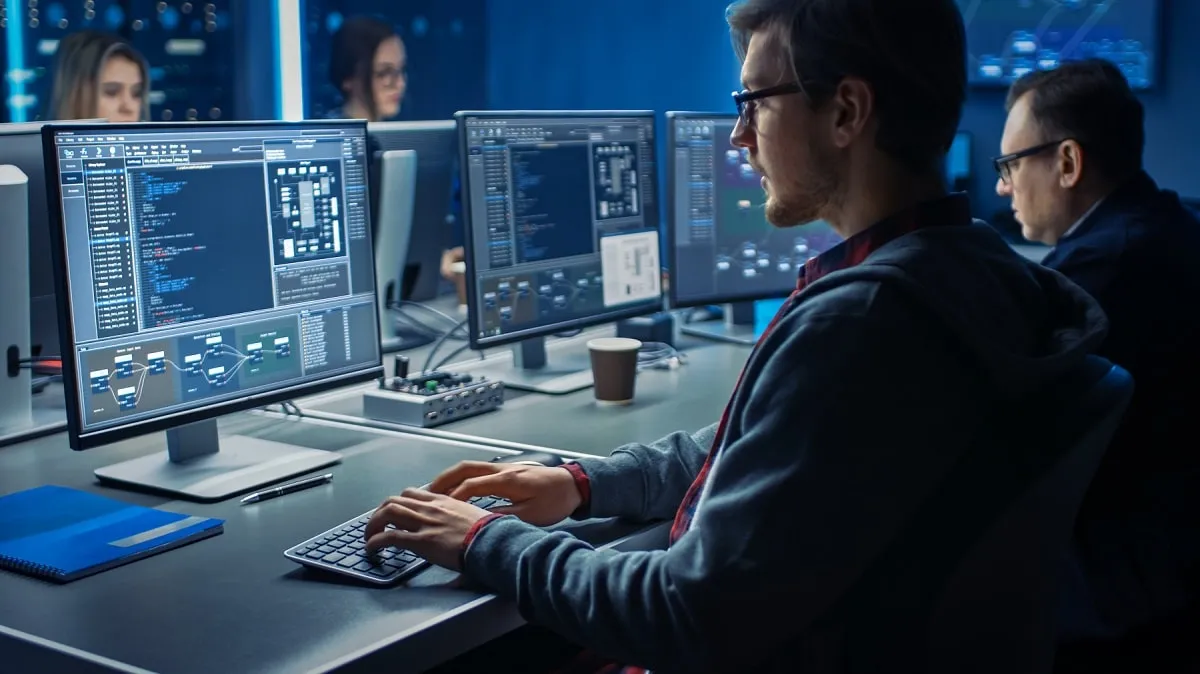
SEO Analysis Breakdown
The are several factors we have to take into account when analyzing a websites SEO (Search Engine Optimization). We will look into the websites On Page SEO, Off Page SEO, Technical Factors and analyze the competition.
On Page SEO
On Page SEO is the practive of optimizing elements on web pages for search engines. In addition to writing relevant, high-quality content, on-page SEO includes optimizing your HTML code (title, meta, and header) and including clear, high quality images relevant to the topic of the web page.
- Quality Content
- Code Structure
- Quality Images
- EAT
- Keyword Cannabilization
This involves checking the quality of the copywriting on the webpage. We would check for basic things such as spelling errors and if the content is relevant to the topic of the web page. It is also very important to include as much information as possible that could be relevant to people who land on the page. This will decrease the websites bounce rate and increase each users dwell time.
A properly structured website is a website that is built not only for users, but for Google. This involves the using the correct HTML tags and putting them in the right places of a webpage. Many websites that are built with WordPress have their SEO destroyed because the developer does not understand how to correctly structure HTML tags. This is one of many reasons why hand-coded websites made by a professional programmers out-perform WordPress templates. The most important HTML tag on a web page is the H1 tag. You should only have one H1 tag per web page and include your main keyword in this tag to let Google know the topic of the webpage.
It is important that all images on the website are high quality and optimized. The process of optimizing an image includes splitting the image into three different sizes. One size for desktops, one for tablets and one for mobile devices. It is important to then compress and convert those images to the WEBP format. Many websites are very slow because they load massive images and then scale down those images for mobiles, instead of using code to simply serve a smaller image based on the screen size of the device using the website.
E-E-A-T in SEO stands for Experience, Expertise, Authoritativeness and Trustworthiness. Googles puts the most authoritative sources at the top of the search results. It's important to include a detailed about page on your website with user reviews to show Google who you are and why you should be considered an authority in your niche
Keyword cannibalization is when multiple pages on a website target the same or similar keywords. This will lead to your web pages competing against each other for the same set of keywords. This can hurt your rankings for the keywords experiencing this issue, and it can occasionally signal an opportunity to consolidate content to improve rankings and organic performance.

Off-Page SEO
Incorporating off-page SEO into a blog is crucial for improving a website's search engine rankings. This technique encompasses a range of strategies, including link building, guest posting, and social media marketing, among others. The ultimate aim of off-page SEO is to boost a website's perceived trustworthiness and authority, both in the eyes of search engines and its users. This, in turn, can lead to increased visibility and traffic.
- Backlink Profile
- Local SEO
- Reviews
- Social Media Marketing
Backlinks, also known as inbound or incoming links, are hyperlinks on one website that point to another website. They play a fundamental role in SEO because they serve as a form of endorsement or recommendation from one website to another. When a high-quality and authoritative website, like The New York Times, links to another site, it can significantly boost the recipient site's authority and search engine rankings. Backlinks can be obtained through guest posting, content promotion or by making Partnerships and Collaborations.
Building an optimized Google My Business profile is a fantastic way to improve your EAT signal to Google
Reviews are very important for local service based businesses and act as a massive trust signal for both users and search engines. It's important to actively respond to all reviews and encourage customers to leave feedback on Google. Below is an example of an optimized GMB.

In the realm of Google ranking factors, social media does not directly influence rankings. However, it serves as an excellent platform for garnering greater visibility. When a larger audience on social media shares your content, the likelihood of acquiring more links to that particular piece of content increases. Even in the absence of direct linking, the increased visibility yields benefits by generating additional attention. This heightened attention subsequently results in more branded searches and mentions, which can be advantageous for your online presence.
Want Us To Provide You With A Free SEO Analysis?
Web Design & SEO Services Designed to Bring You Leads
GET A FREE SEO ANALYSIS
